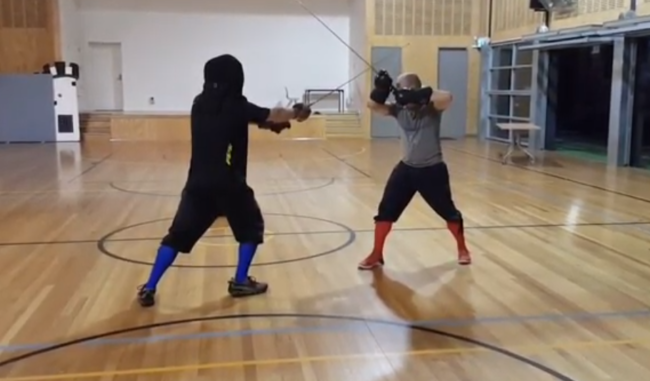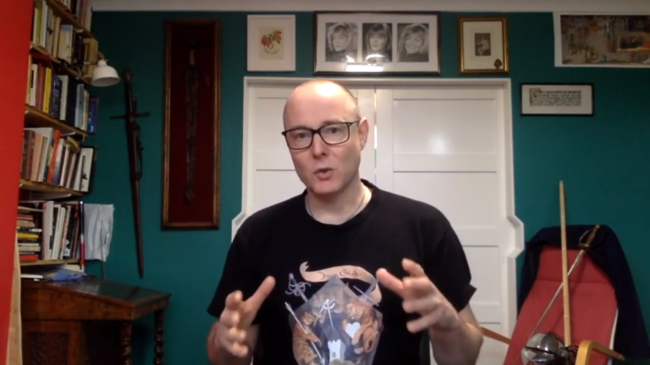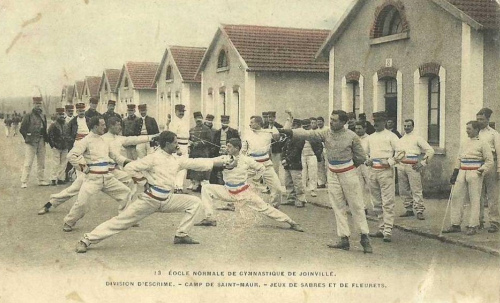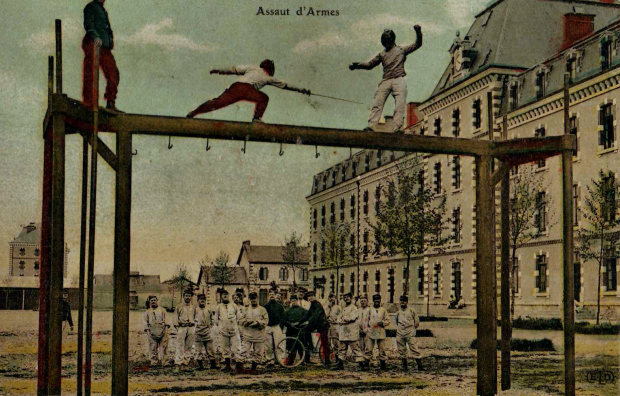Too complicated Decision Graphs in HEMA
Decision trees are sometimes derided by practitioners of historical fencing; after all the chaos of a fencing match rarely allows the luxury of time for complex decision making, and even a relatively simple decision tree can have multiple recursive branches and layers. As a result even a relatively sedate exchange gives precious little opportunity the…





